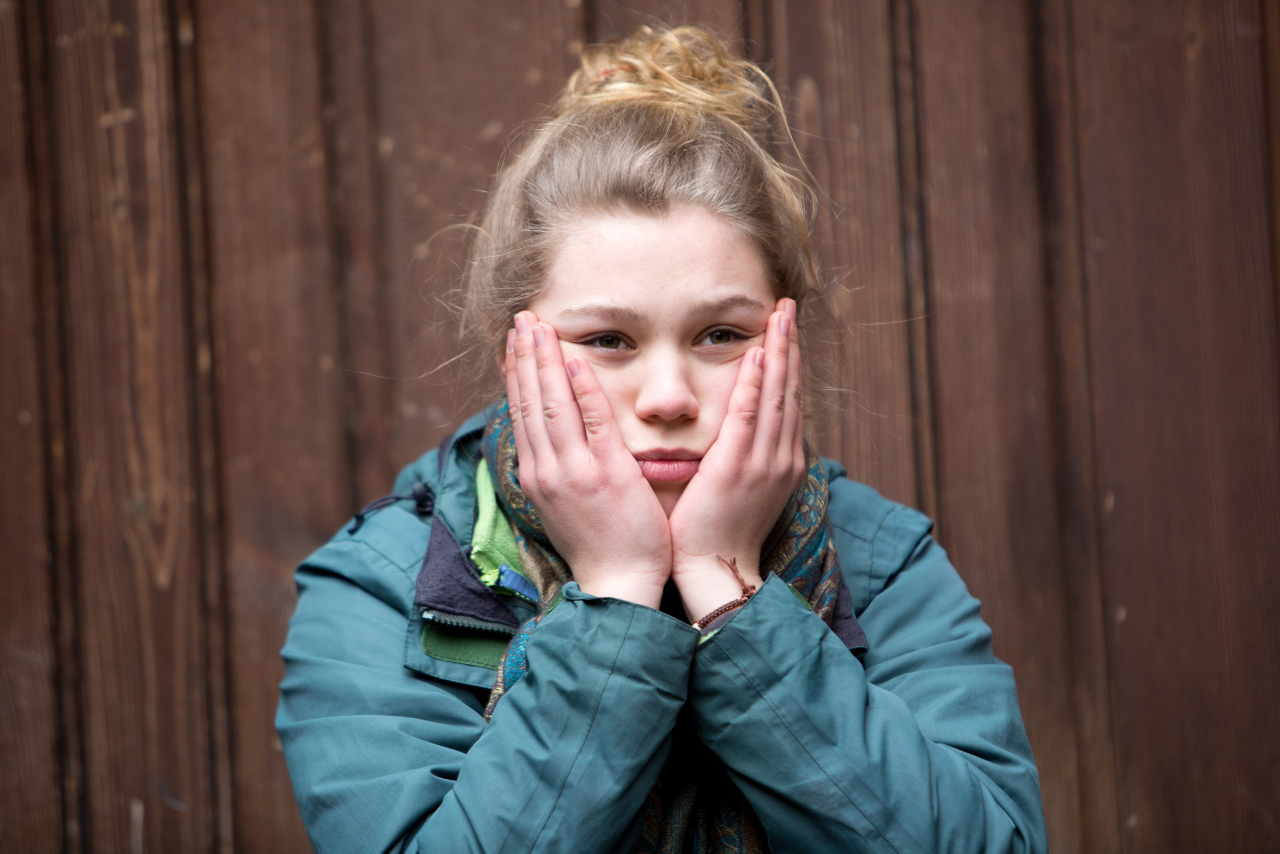
Risky Behavior in Adolescence: Causes and Solutions
January 13, 2025
Adolescence is a time of exploration, self-discovery, and growth, but it can also be marked by risky behavior in teenagers. While some actions may seem harmless or thrilling, they can lead to serious consequences for a teen’s physical, emotional, and mental well-being. Recognizing these behaviors and addressing their root causes is critical to guiding adolescents toward safer choices.
This article explores common risky behaviors in adolescence, their underlying causes, and actionable strategies for addressing them. For families in Agoura Hills, California, Hillcrest Adolescent Treatment Center offers comprehensive support to help teens overcome these challenges and develop healthier habits.
If you’re searching for effective teen treatment options, Hillcrest Adolescent Treatment Center in Agoura Hills, CA, is here to help. Call us today or visit our admissions page to learn how we can support your family.

Common Risky Behaviors in Teenagers
Teenagers often push boundaries as they navigate adolescence. While some risks are part of normal development, others can escalate into significant issues. Below are the top risky behaviors frequently seen in teens:
Substance Use and Abuse
- Experimenting with alcohol, drugs, or nicotine often starts due to curiosity or peer pressure with the possibility to lead to drug addiction.
- Consequences include impaired judgment, poor academic performance, and long-term health risks.
Reckless Driving
- Speeding, distracted driving (like texting), and driving under the influence are common among teens.
- Motor vehicle accidents are a leading cause of death in adolescents.
Risky Sexual Behavior
- Engaging in unprotected sex or having multiple partners increases the risk of STIs and unintended pregnancies.
- Many teens lack the knowledge or confidence to make informed decisions about their sexual health.
Self-Harm
- Behaviors like cutting or burning are often coping mechanisms for emotional pain.
- These actions may indicate underlying mental health struggles, such as anxiety or depression.
Bullying or Being Bullied
- Both bullying and being a victim of bullying can have severe emotional and psychological effects.
- Cyberbullying is particularly prevalent and often unnoticed by adults.
Skipping School and Academic Neglect
- Avoiding school or neglecting academic responsibilities can lead to poor performance and limited future opportunities.
- Teens may skip school to escape social pressures, bullying, or stress.
Engaging in Dangerous Stunts or Extreme Sports
- Viral social media challenges, cliff diving, and other risky activities can result in serious injuries.
- Teens often engage in these behaviors for social approval or adrenaline.
Causes of Risky Behavior in Adolescence
Understanding why teens engage in risky behaviors is key to addressing these challenges effectively. Some of the most common causes include:
- Peer Pressure: Teens often feel the need to fit in, even if it means participating in unsafe activities.
- Emotional Turmoil: Adolescents experience heightened emotions and may struggle to process them constructively.
- Curiosity and Impulsivity: The developing brain in teenagers makes them more prone to impulsive decisions.
- Media Influence: Social media and entertainment often glamorize risky behaviors, making them appear appealing.
- Lack of Awareness: Many teens don’t fully understand the potential consequences of their actions.
How to Address Risky Behavior in Adolescence
Parents, caregivers, and educators can take proactive steps to help teens make healthier choices:
- Encourage Open Communication:
- Create a safe space for teens to discuss their challenges and fears without judgment.
- Honest conversations build trust and understanding.
- Set Clear Boundaries:
- Establish clear rules and consequences for risky behaviors.
- Consistency helps teens understand expectations.
- Educate Teens About Risks:
- Provide accurate information about substance abuse, unsafe sex, and other risky behaviors.
- Teach teens how to resist peer pressure effectively.
- Monitor Social Media Use:
- Stay informed about your teen’s online activity and discuss the risks of viral social media challenges.
- Promote Positive Outlets:
- Encourage hobbies, sports, or creative activities that provide healthy ways to cope with stress or boredom.
- Seek Professional Help:
- If risky behaviors persist or escalate, consider consulting mental health professionals or adolescent treatment programs.
Parents and caregivers often face challenges when trying to help teens who engage in risky behaviors. It’s important to communicate openly, set boundaries, and provide the necessary support. However, what happens when a teenager resists help or refuses to acknowledge the issue?
If you’re struggling to reach a teen who doesn’t want help, read our guide on How to Help a Teenager Who Doesn’t Want Help. This resource offers practical advice for navigating such situations and ensuring your teen gets the support they need.
Why Professional Support Matters
Sometimes, teens engaging in risky behaviors need more support than parents and caregivers can provide alone. A professional treatment program can offer the specialized care needed to address underlying issues.
At Hillcrest Adolescent Treatment Center in Agoura Hills, California, we provide tailored care to help teens overcome risky behaviors and develop healthy coping mechanisms. Our services include:
- Comprehensive Assessments: Identifying the root causes of risky behaviors, such as trauma or mental health conditions.
- Therapeutic Interventions: Evidence-based therapies, like cognitive-behavioral therapy (CBT) and family counseling, address underlying challenges.
- Life Skills Development: Teaching essential skills to build resilience and make informed decisions.
- A Supportive Environment: A safe space where teens can explore their challenges without judgment.
Recommended: The Role Of Family Therapy In Healing

Reach Out to Hillcrest Adolescent Treatment Center in Agoura Hills, CA
Risky behaviors are often part of adolescence, but they can have serious consequences if left unaddressed. Understanding the causes and taking proactive steps can help teens navigate these challenges safely.
If your teen is struggling with risky behavior in adolescence, Hillcrest Adolescent Treatment Center is here to help. Located in Agoura Hills, California, we provide compassionate, personalized care to guide teens toward a healthier, more fulfilling future.
Call us today or visit our admissions page to learn more about our programs or schedule a consultation. Together, we can support your teen in overcoming challenges and reaching their full potential.

